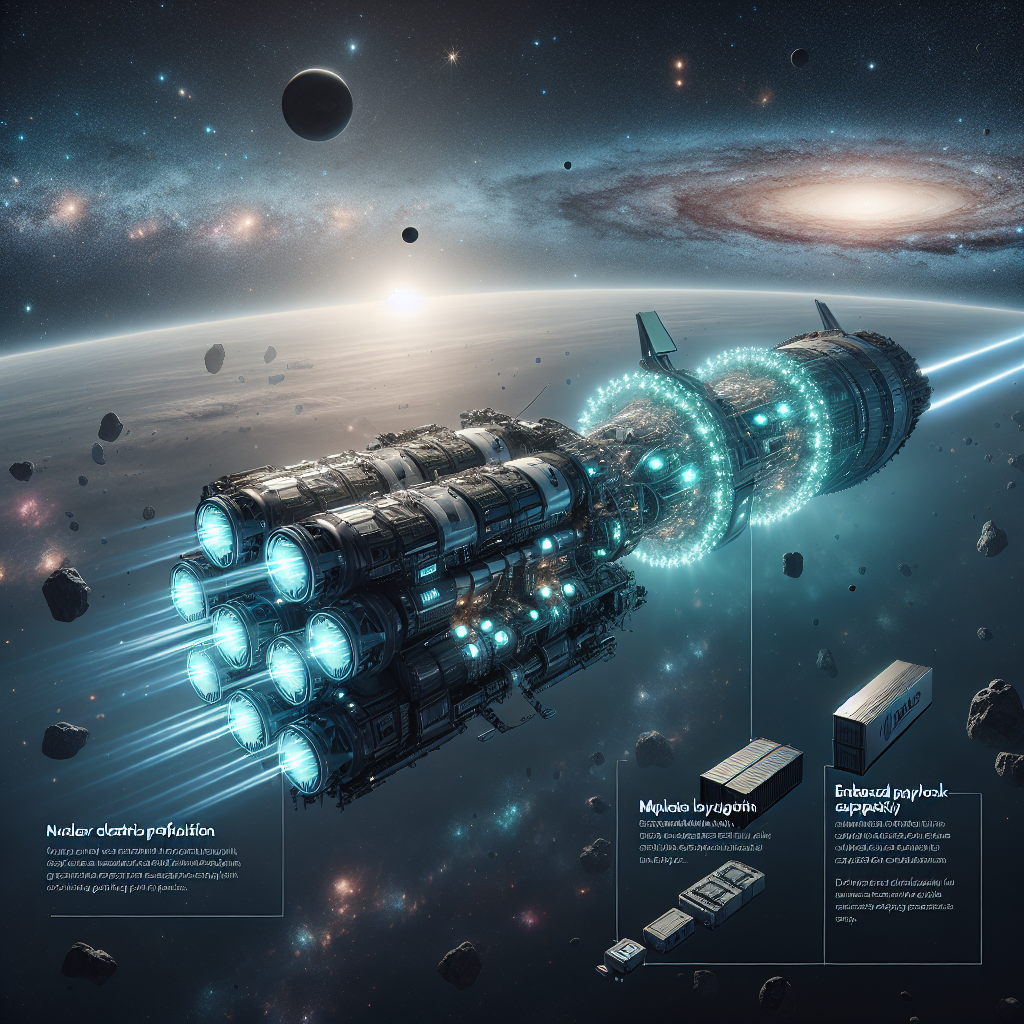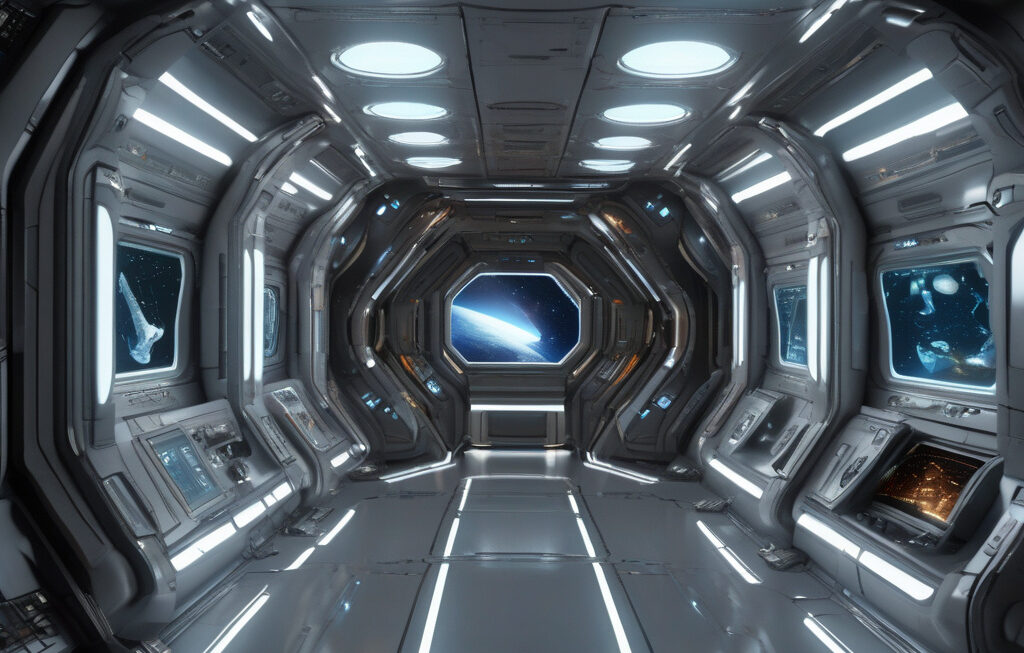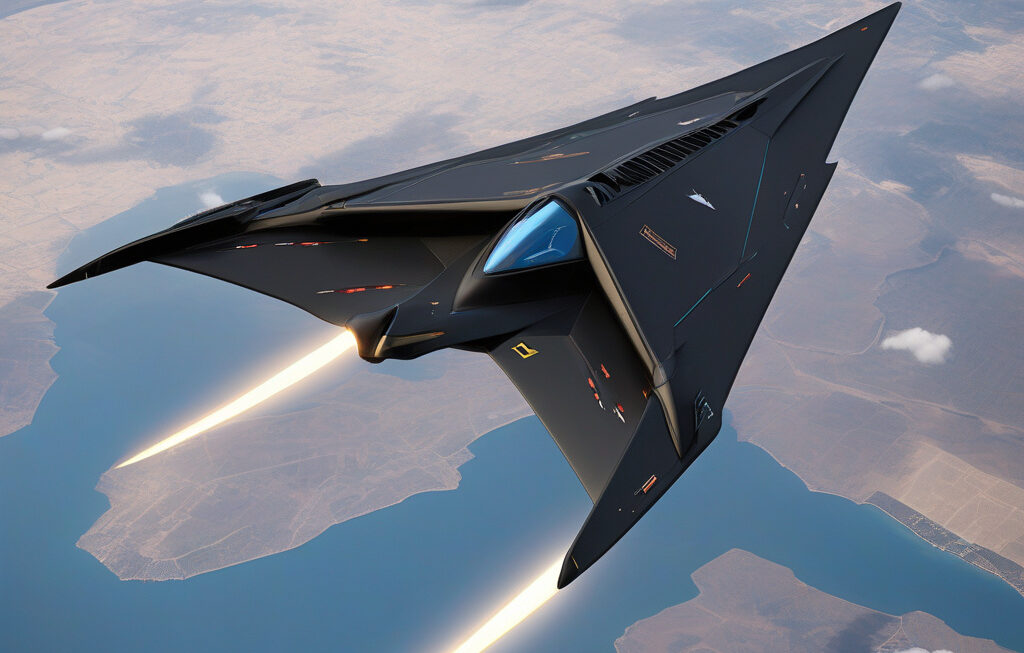Nuclear Electric Propulsion: Revolutionizing Deep Space Travel and Payload Capacity
A new study explores the potential of nuclear fission-powered propulsion for advanced deep space exploration. With the growing interest in space travel and the need to reduce travel time and increase payload capacity, nuclear electric propulsion (NEP) emerges as a promising solution that could revolutionize the way we explore the cosmos.
NEP utilizes the energy generated from nuclear fission to ionize propellant and generate thrust, offering significant advantages over traditional chemical propulsion systems. By harnessing the power of nuclear technology, spacecraft equipped with NEP systems can achieve higher speeds and cover longer distances in shorter time frames compared to conventional propulsion methods.
One of the key benefits of NEP is its ability to drastically reduce travel time for deep space missions. For instance, a trip to Mars that would typically take six to nine months with conventional chemical propulsion could be completed in as little as 90 days with NEP. This significant reduction in travel time not only minimizes the risks associated with long-duration space missions but also opens up new possibilities for exploring distant planets and celestial bodies within our solar system and beyond.
Moreover, NEP offers a substantial increase in payload capacity, allowing spacecraft to carry more scientific instruments, supplies, and even crew members on extended missions. The efficiency of NEP systems in generating thrust results in higher acceleration rates, enabling spacecraft to carry larger payloads without compromising mission objectives. This enhanced payload capacity could pave the way for more ambitious space exploration missions, including crewed missions to Mars and beyond.
Furthermore, NEP presents a more sustainable and cost-effective solution for deep space travel compared to traditional propulsion systems. While the initial development and implementation costs of NEP technology may be higher, the long-term benefits in terms of reduced travel time, increased payload capacity, and overall mission efficiency outweigh the initial investment. Additionally, the use of nuclear power for propulsion purposes eliminates the need for large quantities of chemical propellants, reducing the logistical challenges associated with refueling and resupplying spacecraft during extended missions.
NASA and other space agencies are actively researching and developing NEP technology to propel the next generation of deep space exploration missions. The successful demonstration of NEP systems in various space missions, such as the recent Artemis program aimed at returning humans to the Moon, highlights the potential of this innovative propulsion technology to shape the future of space travel.
In conclusion, nuclear electric propulsion holds immense promise for advancing deep space exploration by significantly reducing travel time, increasing payload capacity, and improving mission efficiency. As we continue to push the boundaries of human space exploration, NEP stands out as a game-changing technology that could enable us to reach new frontiers in the cosmos.
#NuclearElectricPropulsion, #DeepSpaceTravel, #SpaceExploration, #PayloadCapacity, #FutureTech.











